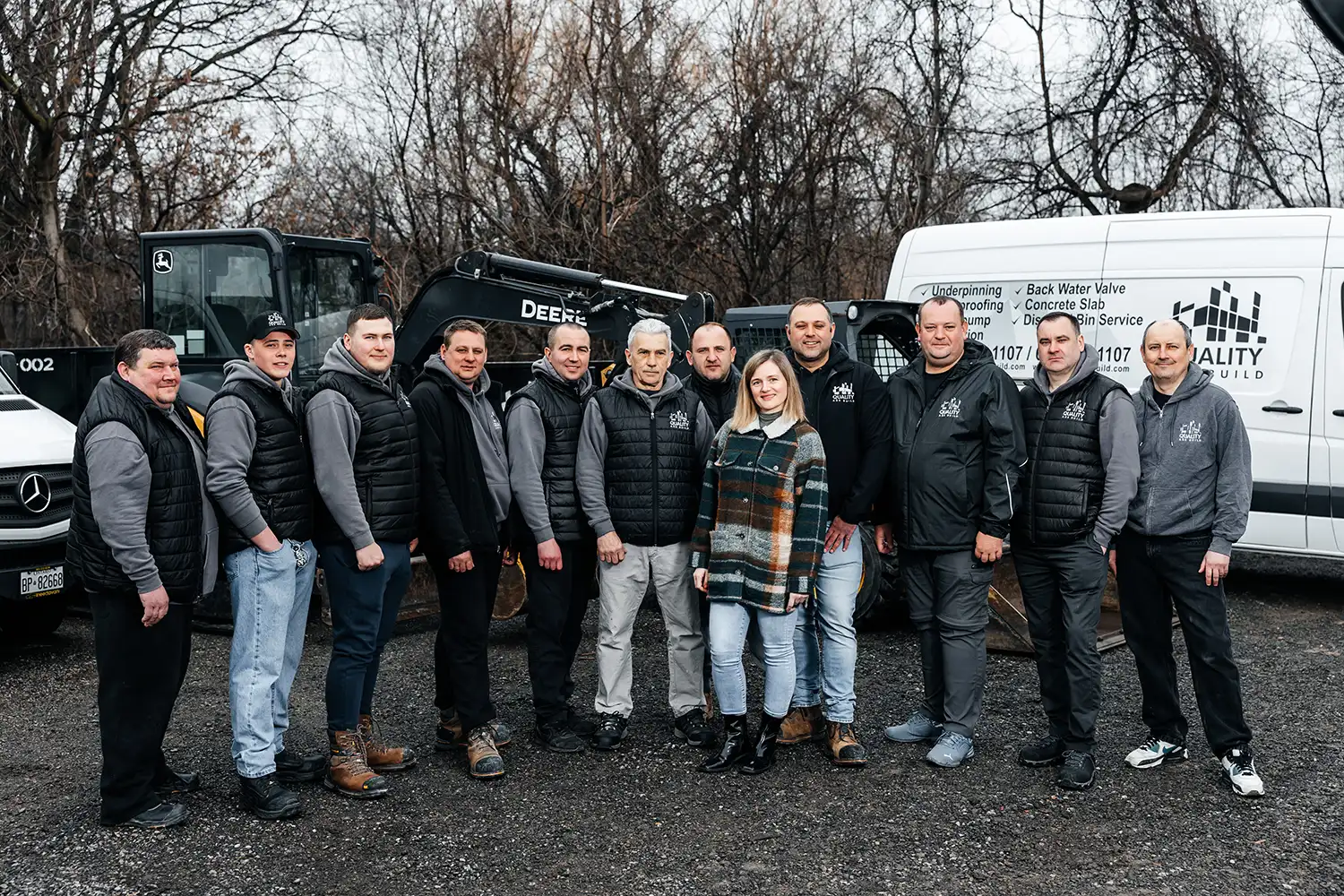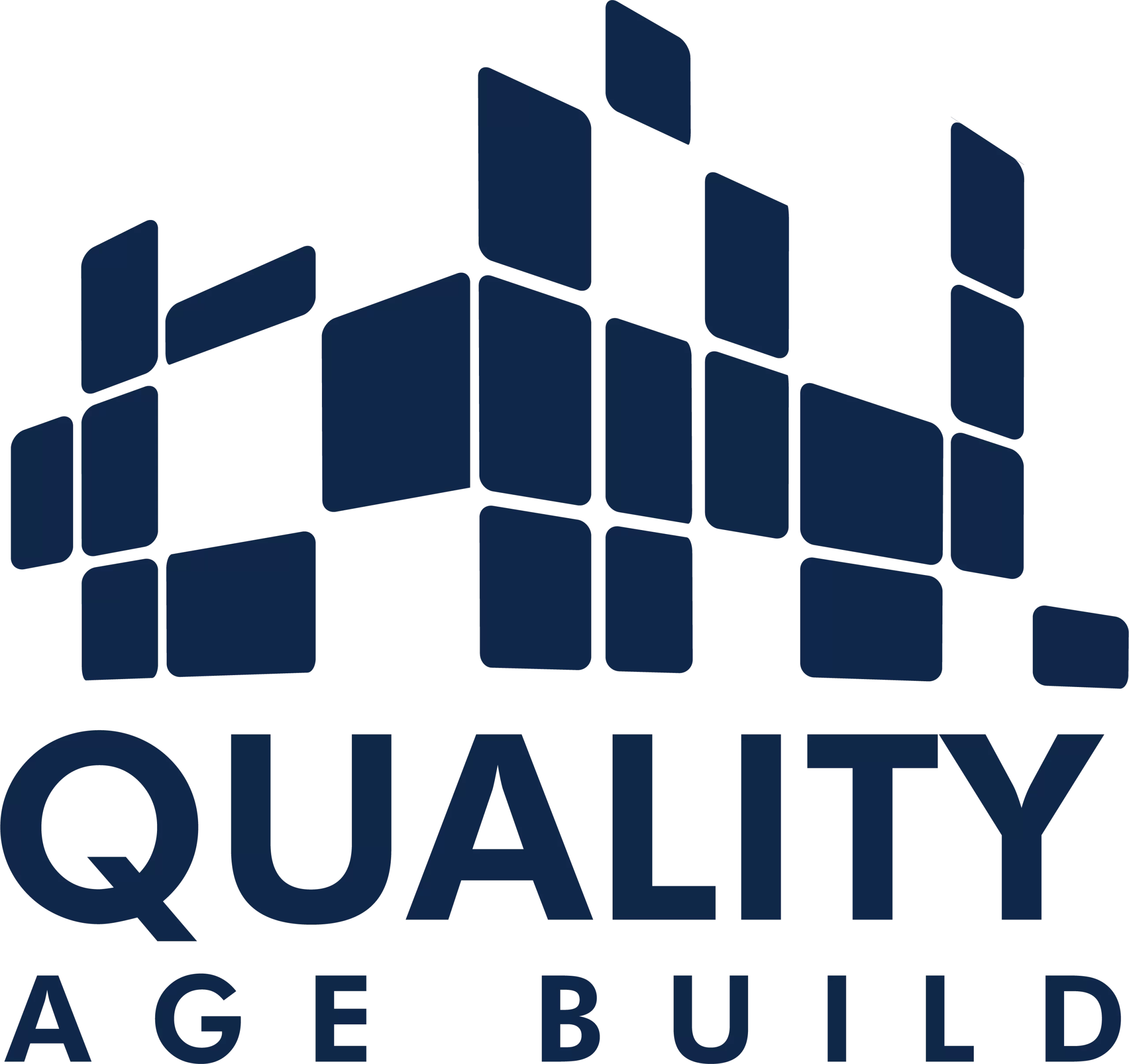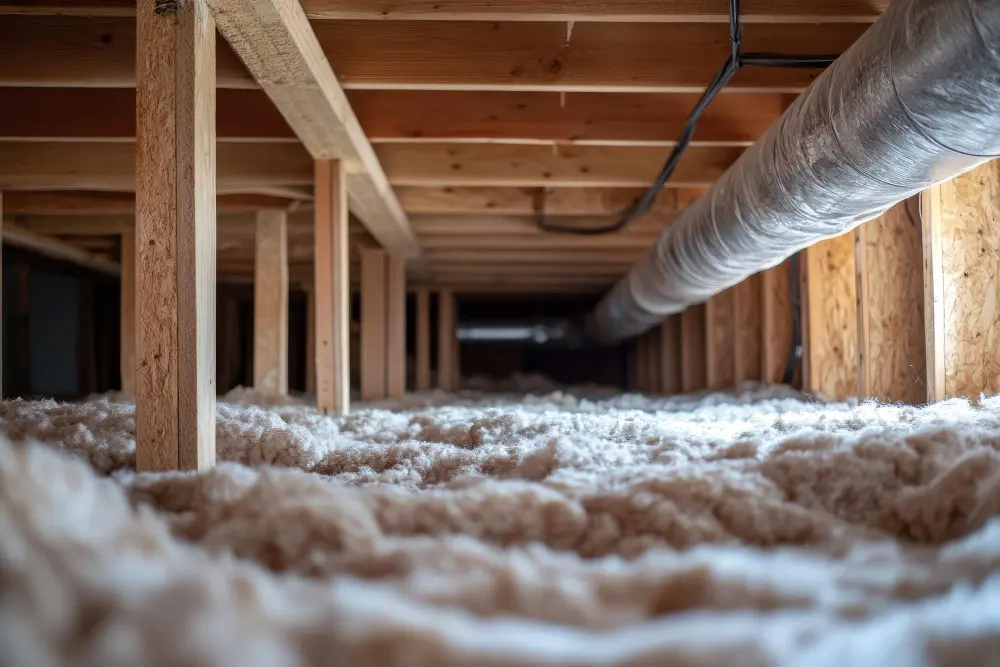The condition of your basement has a big impact on the climate throughout your home, so you should never neglect proper ventilation.
If you find condensation, mold, rotting wood and musty smells, then your crawlspace ventilation system is failing and needs to be upgraded.
We’ll tell you why sealing your basement vents in conjunction with a vapor barrier can help create a more durable home, as well as improve indoor air quality.
What is Crawl Space Ventilation
This is the introduction of fresh outside air into an interior space to dehumidify it and get rid of unpleasant odors and condensation on the walls. Lack of quality air exchange in the basement can even lead to health problems for the people living in the house.
In order to ensure optimum conditions, the amount of air that needs to flow in and out over a certain period of time is calculated. Crawl space ventilation requirements depend on the type of system, foundation, climate, and local building codes
Types of Crawl Space Ventilation Systems
Crawl space ventilation is of two types: natural and forced. Let’s look at the main differences and peculiarities of each.
Natural Ventilation
It is based on the difference in the density of warm and cold air masses outside and inside the room. Such technology has some disadvantages and is considered outdated at the moment.
Natural ventilation creates holes in the walls of the basement, through which, together with the air, gets cold, moisture, and even various pests.
All this leads to mold formation, freezing of pipes, deformation of floors and much more. This is why this type of air exchange is now considered inefficient.
Forced Ventilation
From the outside, the basement is completely insulated and sealed with sealant. Once the room is airtight, ventilation can be carried out without fear of external factors.
This means that it is necessary to organize mechanical air circulation between the upper living floors and the basement. When the heating and air conditioning systems are connected to the basement, you will not need to crawl space vents.
Benefits of Effective Crawl Space Ventilation
There are a number of undeniable advantages to forced crawl space ventilation. These include:
- Reducing indoor humidity levels;
- improved air quality in the home;
- Improved energy efficiency.
Another important point is the absence of pests and rodents.
Moisture Control and Mold Prevention
Increased moisture levels in the basement lead to various problems with the foundation and walls of the building. Excess moisture affects the longevity of pipes and equipment in the room and even the health of the people living in the house.
Forced ventilation effectively dehumidifies the space, making the risk of mold growth much lower.
Improved Indoor Air Quality
Sealing a basement and establishing ventilation improves indoor air quality throughout the home. This is due to the low humidity, the absence of mold spores, dust mites, animal hair, and various soil particles that can easily travel through the air.
Energy Efficiency
An insulated basement will make your home more energy efficient. It will keep the floor warm even when the temperature is low, thus reducing your heating bills. During the warm season, the process works the other way round: the floors are cooler, and there is less load on the air conditioning.
Pest and Rodent Control
The lack of airtightness, as well as the presence of crawlspace vent allows rodents, snakes, spiders and various insects (termites, carpenter ants, etc.) to easily enter the basement. Often, pests can climb even into living rooms. This does not happen with airtight insulation.
Types of Crawl Space Ventilation Solutions
Organizing forced ventilation involves implementing some solutions to modernize the basement. Among the most common are:
- external damp-proofing;
- internal damp-proofing;
- door sealing;
- sealing of crawlspace vents;
- vapor barrier;
- sealing of beams and window sills.
Preventing Moisture from Entering the Crawl Space
It is necessary to find the source from where moisture enters the basement. This could be, for example, water accumulating near the foundation. To eliminate the problem, reroute downspouts, level the ground, or make a proper slope.
Address Interior Moisture Sources
Water can come not only from outside, but also from inside the home. For example, due to leaks in pipes that run through or inside joists. It is important to carefully inspect areas with high humidity on the floor above (showers, baths, sinks, toilets). Also check for leaking appliances: dishwasher and washing machine.
Seal Exterior Crawl Space Doors and Vents
On the outside of the house, seal any crawl space vents, doors, or hatches that lead to the basement. You can get rid of small cracks and holes with exterior crawl space sealant.
Seal Rim Joists and Sills
If there are places where outside light is penetrating through joists and window sills, you should seal them with silicone sealant. For wide cracks, a low-expansion foam sealant should be used.
Insulate Crawl Space Walls
On the inside of the basement, rigid foam should be attached to the walls using latex adhesive. This is done to insulate the basement walls.
Have you noticed condensation or mold in your home? Take advantage of basement waterproofing Toronto services. Fast, quality, reliable!
Install a Vapor Barrier on the Ground
Having a vapor barrier will reduce moisture levels in the room and prevent moisture from penetrating from the ground.
The insulation should be laid over the entire area of the basement, not forgetting all kinds of protrusions, and sealing the seams between its individual sheets.
Secure Vapor Barrier to Wall Insulation
Finally, you should also install a vapor barrier about 12 inches up the insulated, insulated walls.
Professional basement walls waterproofing services for Toronto residents: we solve your excess moisture problems!
When to Consider Expert Help
Insulating a basement is quite a time-consuming process, especially if access to it is somehow restricted.
Persistent problems with excessive moisture, signs of structural damage, and the presence of unpleasant odors all require the advice of professionals. They can help you quickly identify the cause of the issue and find the right solution.
How Quality Age Build Can Help You
Are you still suffering from all sorts of troubles caused by poor ventilation? Then it’s time to turn things around.
Quality Age Build will make sure your basement is dry, clean, and well-ventilated. The team of specialists will quickly and efficiently deal with sealing the room, eliminate the source of leaks, and insulate the walls so that your house will forget about dampness, mold, and unpleasant odors.
The company will also help you strengthen your foundation by providing professional benching and underpinning Toronto services.

Conclusion
Many factors influence the decision on which type of basement ventilation to apply:
- Climate;
- the construction of the house;
- local building codes, etc.
At the same time, don’t forget that the construction industry is not standing still and offers more effective ways of ventilation and humidity control, which directly affects the overall condition of your home.
Contact us
Quality Age Build Inc is at your service across the GTA. Request a quote today and ensure your property is in expert hands.
Related Services
Pair our expert guidance with our excavation services to efficiently prepare your site, manage soil removal, and lay the groundwork for a successful project.
FAQs
What are the signs that your crawl space may need better ventilation?
Ventilation problems are indicated by:
- dampness in the room;
- condensation on surfaces;
- damp fiberglass insulation;
- mold on surfaces;
- musty odor.
You may also notice rotting wood in the basement.
What factors should you consider when choosing a professional for crawl space ventilation?
The team of professionals should have years of experience in the industry, including the area you are interested in. It is also important that they offer quality assurance on all tasks performed.
How does poor ventilation affect a crawl space and the overall home?
Poorly vented crawl space causes:
- collapse of the foundation of the house;
- deterioration of wood and metal parts.
Also, air with concentrated harmful substances (mold spores, dust, and gases) can accumulate in the basement and then rise into the living space, which is dangerous to your health.

